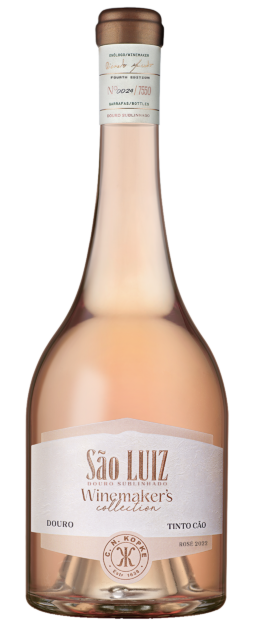Douro
In the Douro, vines demand more maintenance yet yield less, and the production costs are higher than other regions in the country, not only due to the work in the vineyard but also in the winemaking process.
A
Cadastral Classification
The extraordinary labour of generations of farmers shaped the landscape of the Douro. It would have not been possible to grow vines otherwise. They moved soil, sculpted hillsides, built walls and terraces, planted, wired and harvested incessantly. The harvesting in the Douro is one of the most intense farming activities in Portugal: very hard work, performed in terraces on steep slopes, under temperatures often above 40°C, carrying baskets laden with grapes, up and down the hill for days on end.
Quinta
São Luiz
Quinta
There are very special places in the world. Kopke found one of them.
Quinta de São Luiz is located on the left bank of the Douro river, near Pinhão, in the parish of Tabuaço.
It is an imposing estate, considered one of the most emblematic of the Douro
When the Kopke family took over Quinta de S. Luiz in 1922, Portugal was going through a period of great economic, social and political instability. Afterwards, there were years of prosperity and years of recession, and yet the estate continued to grow, scarifying the soil, new plantings or replantings, building walls, repaving paths, reparing houses, the chapel and the winery, looking after the vines by establishing systems of trellis, looking after the olive groves, the orchards and the vegetable gardens. Quinta de S. Luiz comprises several other properties – Quinta da Mesquita (1972), Quinta da Lobata (1974), Quinta da Alegria (1982), Quinta da Galeira (1987) – each with vineyards with different solar exposure that result in different wines, and with plots located at different heights: the highest in Quinta da Mesquita, while the lowest are in Lobata e Galeira. Quinta da Alegria is an original illustration of times gone by: here, the vines are planted vertically, following the slope of the hillside, whose angle reaches 70% in some places. The estate is made up of 125 hectares (308 acres), 90 of which are planted with vines.
unique grapes
in a special place
The main grape varieties grown are Touriga Nacional,
Touriga Franca, Tinta Roriz, Tinta Cão. There are also small plots of Tinta Barroca and Souzão. The vines are classified as A, the best in the Demarcated Region of the Douro. The original vineyard of Quinta de S. Luiz comprises two plots of old vines named D. Pedro and Fonte Santa, which remain the same since its beginning; it is an area where the olive trees are planted as fencing and the old walls reveal a patrimony preserved through time. From this old vineyard are made the most iconic Kopke wines, the noblest expression of this terroir.
Sustainable
Practices
At Kopke we are committed to protecting the environment and the ecological balance of our vines and of the Demarcated Region of the Douro.
With that in mind, we have developed a sustainable viticultural model that allows us to produce Port and table wines from our vines in a manner that is both ecologically responsible and economically viable. This will help to guarantee the production of superior quality wines for decades to come.
This model incorporates a series of techniques and strategies, and partnerships with institutions like Universidade de Trás-os-Montes e Alto Douro and the ADVID (Association for the Development of Douro's Viticulture).
Model for the reconstruction of terraces
The terraces are designed with high precision, and today they are made with ground-levelling machinery, in which the operator is guided by an innovative laser guiding system that enables the control of the longitudinal horizontal slope of the terraces with a precise inclination of 3%. This makes a perfect balance between the penetration of rain water in the soil and its excessive draining along the terrace, avoiding soil erosion – the main challenge in growing vines in this terroir.
Model for sustainable viticulture
The ecological corridors are maintained in order to reduce the use of herbicides, hence also diminishing their impact. These corridors promote the natural growth of grasses between the line of vines and the base of the slope, and their growth can be easily controlled by machinery. This green rug made up of native grasses helps to reduce the loss of water and maintain the integrity of the hills, providing shelter to insects and generally increasing the biodiversity in the vineyards. Another concern of ours in our Quintas is the protection of the vines against the grapevine moth, a key pest. The constant search for innovative techniques to control this pest with minimal environmental consequences has led to the establishment of a new method that we call sexual disruption: diffusers have been installed in the vineyard that disrupt the communication between male and female specimens, preventing them from reproducing, and enabling the control of the population without use of pesticides or extermination.



